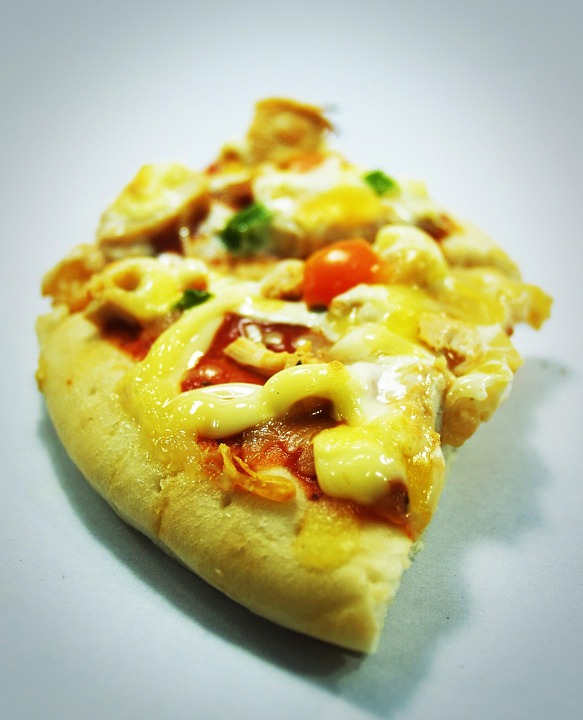Introduction
The meal delivery services industry has experienced significant growth in recent years, driven by the convenience and ease of ordering food from the comfort of one’s own home. Traditional restaurants, on the other hand, have been facing increasing competition from these delivery services. In this report, we will explore strategies that meal delivery services can implement to compete effectively with traditional restaurants.
Understanding the Landscape
The meal delivery services industry is a rapidly growing market, with a projected revenue of $26.5 billion in 2021, according to Statista. This growth is driven by consumers’ increasing demand for convenience and time-saving options. Traditional restaurants, on the other hand, are facing challenges such as rising food costs, labor shortages, and changing consumer preferences.
Challenges Faced by Meal Delivery Services
Despite their rapid growth, meal delivery services face several challenges in competing with traditional restaurants. These challenges include high delivery costs, food quality issues, and customer retention. In addition, some consumers still prefer the experience of dining in a restaurant over ordering food for delivery.
Strategies for Meal Delivery Services
To compete effectively with traditional restaurants, meal delivery services can implement the following strategies:
1. Enhancing Food Quality and Variety
One of the key ways meal delivery services can compete with traditional restaurants is by offering high-quality, diverse menu options. By partnering with top-rated restaurants and chefs, meal delivery services can provide customers with a wide range of cuisines and flavors to choose from. Additionally, investing in food technology to ensure that the food stays fresh and hot during delivery can help improve the overall dining experience for customers.
2. Streamlining Delivery Operations
Another important strategy for meal delivery services is to optimize their delivery operations to ensure timely and efficient service. This can be achieved by leveraging data analytics to predict demand, optimize delivery routes, and reduce delivery times. By investing in technology such as GPS tracking and automated order processing, meal delivery services can enhance the overall customer experience and differentiate themselves from traditional restaurants.
3. Personalizing the Customer Experience
Personalization is key to winning over customers in the highly competitive meal delivery services industry. By leveraging customer data and preferences, meal delivery services can tailor their offerings to individual tastes and preferences. This can include offering personalized recommendations, discounts, and promotions to enhance customer loyalty and drive repeat business.
4. Partnering with Local Restaurants
Collaborating with local restaurants is another effective strategy for meal delivery services to compete with traditional restaurants. By partnering with popular neighborhood establishments, meal delivery services can offer customers a diverse selection of dining options while supporting local businesses. This can help meal delivery services build credibility and trust with customers, as well as differentiate themselves from larger chain restaurants.
Conclusion
In conclusion, meal delivery services can compete effectively with traditional restaurants by focusing on enhancing food quality and variety, streamlining delivery operations, personalizing the customer experience, and partnering with local restaurants. By implementing these strategies, meal delivery services can differentiate themselves in a crowded market and attract and retain loyal customers. As the industry continues to evolve, it will be critical for meal delivery services to stay agile and innovative to stay ahead of the competition.


